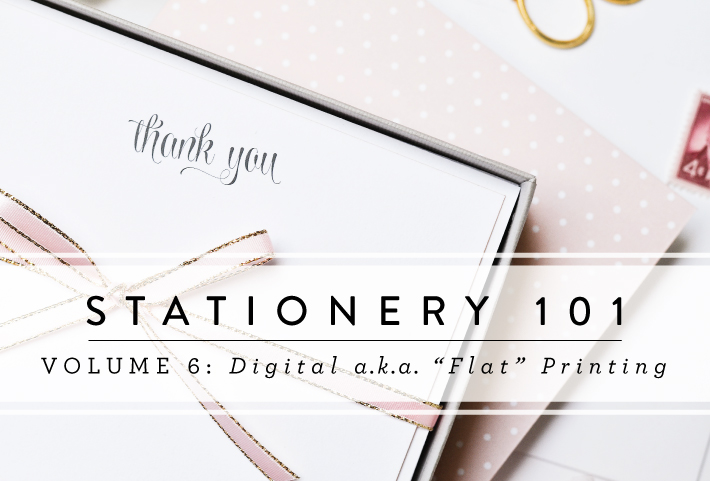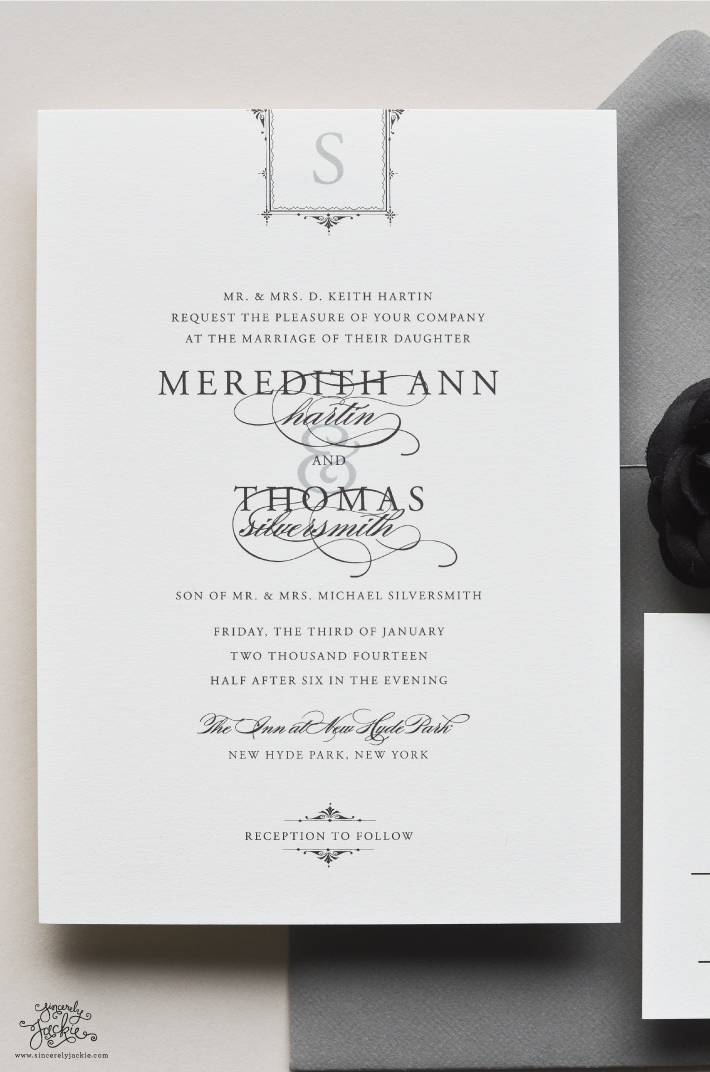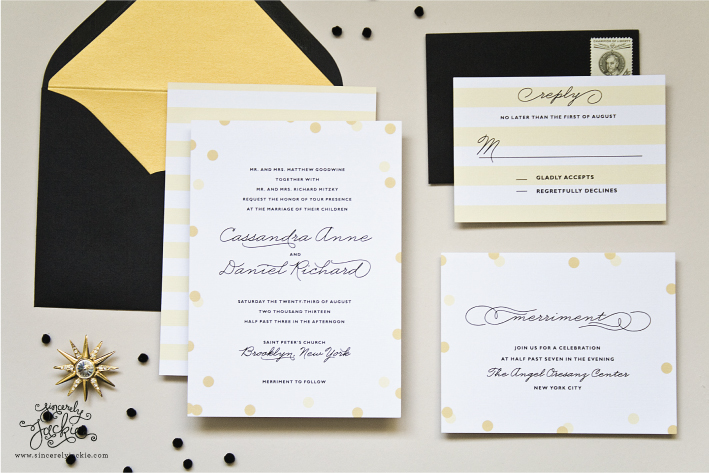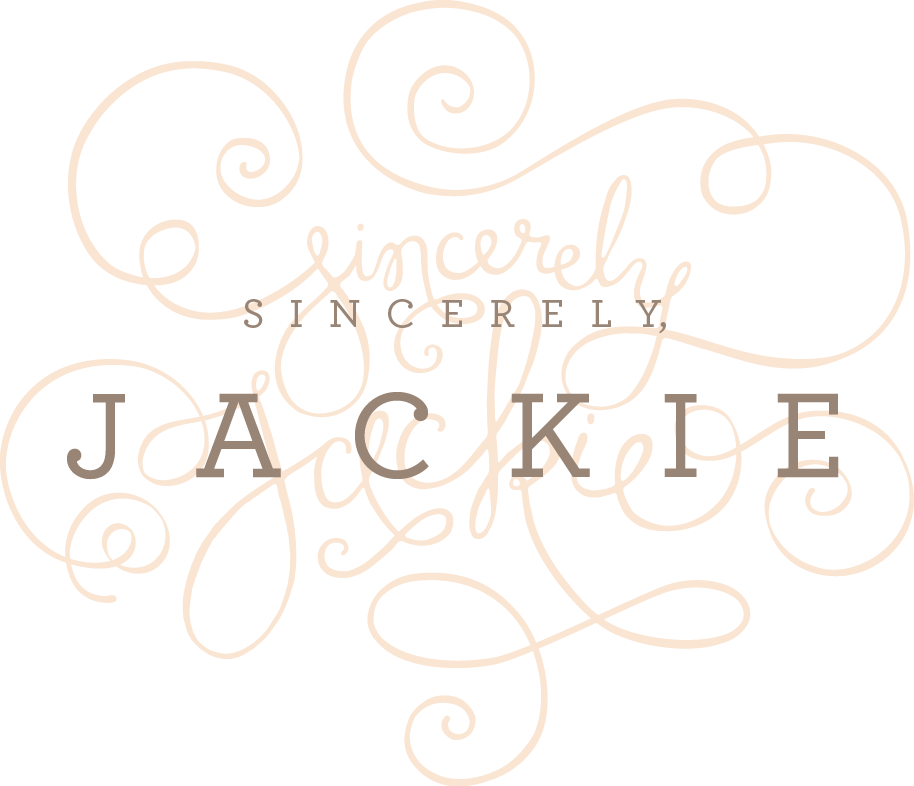Stationery 101: Digital "Flat" Printing

Digital printing is the most versatile and affordable print method, which makes it an easy choice for many design projects. With endless (literally!) color options, and luxurious papers (think: cotton, bamboo, and felt) digital printing has advanced itself beyond the tacky high-gloss photo printing of years past. As the most affordable print method available, digital printing is also a popular choice for budget-conscious brides looking to have beautiful wedding invitations without the cost of fine printing.
I get a lot of questions about digital printing, so today I'm going to go over the basics. Enjoy!

WHAT IS DIGITAL PRINTING?
While there are a lot of different terms thrown around (four color, spot, flat) for digital printing, it can basically be boiled down to any print method that is achieved through a digital machine where there's a person that essentially clicks "print". Unlike letterpress, engraving, or foil stamping; digital printing is not considered a fine print method (hence the affordability) because it does not involve custom plates, hand pressing, inking, stamping, and so forth. Digital printing is most similar to your ink jet or laser printer at home, although commercial digital printers are much, MUCH larger. And if you're ever tried to color match or print on thicker paper at home, you know that digital printing is not really as easy as "just clicking print". (we've all had swearing matches at our home printers thanks to paper jams, ink color variations, smudges, lines, and so forth). So while digital printing is not a "fine" print method, it's still tricky and takes a level of craftsmanship by the printers.
WHY IS DIGITAL PRINTING CALLED "FLAT" PRINTING?
Digital printing is often called "Flat" printing in the market place - there's a good chance you've never heard the term "digital printing" and only know it as "flat printing". A final design, when printed digitally, will have zero texture - the surface will be completely flat to the touch. This is the main difference, texturally, between fine printing. Fine print methods will always lead to some sort of texture; the deep impressions of letterpress, the metallic shine of foil, or the raised surface of engraving. While there are methods that involve custom plate making, and still result in a "flat" print surface (such as offset printing), the majority of the time flat printing and digital printing are used interchangably.
WHAT TYPES OF PAPER WORK BEST WITH DIGITAL PRINTING?
While it's possible to digitally print on almost any type of paper, it's important to remember that there are dozens of different types of digital printers, inks, and processes. Just the way laser and ink jet printers produce different results at home, commercial digital printers will also have variations. As a rule of thumb, I would always recommend using a paper that is crafted specifically for digital printing (such as any of the Sincerely, Jackie House Select digital papers). The most common papers are lighter in weight (aka thinner) than the paper used in fine printing, and typically come in a limited number of finishes and textures. Thick, rigid papers are hard to run through the digital printing process; and many digital inks won't adhere to metallic papers, or aren't water resistant (especially important if you're thinking about digitally printing addresses on envelopes!). That being said, I work with a great printer that has machines and inks that are specifically made for thicker paper and metallic stock!

WHAT IS MY FAVORITE THING ABOUT DIGITAL PRINTING?
Aside from the affordability, I love the versatility of digital printing. Oh, and the ability to print as many colors as I want! It's nice, as a designer, not to be limited by the number of colors, amount of solid print area, thickness of line strokes, and some of the other common no-no's of fine printing. I also find that, because of how budget friendly digital printing is, there's usually more room in my clients budget to play with accents like colored envelopes, envelope liners, painted edges, printed labels, washi tape, and stickers. All of those little details really help make a design special! So many people (and designers) look at digital printing as "low end", but I really believe that, when done tastefully, digitally printed wedding invitations can absolutely stand their own next to fine printing. In fact, the entire Sincerely, Jackie Memento Collection features only the most beautiful, digitally printed invitations - and any invitation, from any collection, and be printed digitally in any color combination!
IS THERE SUCH A THING AS DIGITAL GOLD FOIL?
This is the most common question I get asked, and the answer is no. The only way to get the look of foil is with real foil stamping or engraving. However, if you want gold elements in your invitation suite, why not add gold metallic envelopes or envelope liners? There are ways to bring in touches of gold without breaking your budget.

So there you have it! An overview of the incredibly popular, budget-friendly, and versatile print method known as digital printing!
I love digital printing so much that I even used it for my own personal thank you cards! I made these cards incredibly luxurious by hand-painting the edges, and using a the classic ink palette of pink and charcoal. I ended up printing a few more cards than I actually needed, so if you'd like a set for yourself (or to give as a wonderful gift) there are a few left in the shop, here.
Thank you for joining me in another Stationery 101 post! Don't forget to catch up on past Stationery 101 topics here, such as Letterpress 101, Foil Stamping 101, and Engraving 101.
Sincerely,
